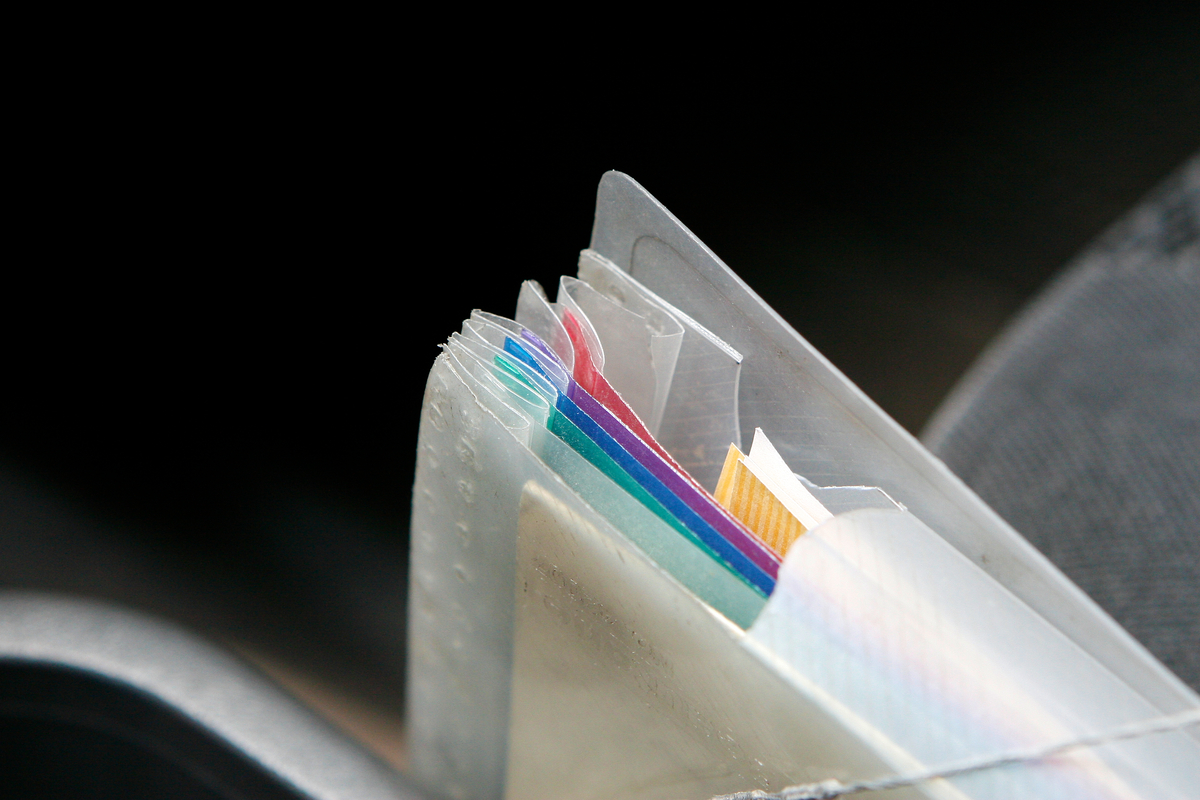Increasing tax filing among lower-income individuals

Paper folder
What was the challenge?
The Earned Income Tax Credit (EITC) is one of the largest federal government programs providing assistance to working, lower income Americans. While overall EITC participation rates among eligible households are relatively high at roughly 80%, the remaining eligible population represents millions of individuals each year who fail to claim the credit.
What was the program change?
We designed six postcard variations using research insights, such as highlighting the recipient’s potential eligibility for the EITC.
How did the evaluation work?
We identified a total sample of 360,352 eligible individuals who had not filed for EITC in previous years. Of this group, 199,910 were randomly assigned to receive one of six postcards, and 160,442 were in the control group.
What was the impact?
The notices led to an increase in the rates of individuals filing a 2013 tax return between 0.6 and 1.0 percentage points. The notices were effective at modestly increasing the rate of tax filing among the targeted population; while they did not increase the rates at which individuals claimed the EITC, they did increase the amount of EITC dollars paid to individuals that received a postcard.
Related publication:
John Guyton, Dayanand S. Manoli, Brenda Scafer, and Michael Sebastiani. “Reminders & recidivism: evidence from tax filing & EITC participation among low-income nonfilers,” National Bureau of Economic Research, Inc. NBER Working Paper no. 21904, (2016).
